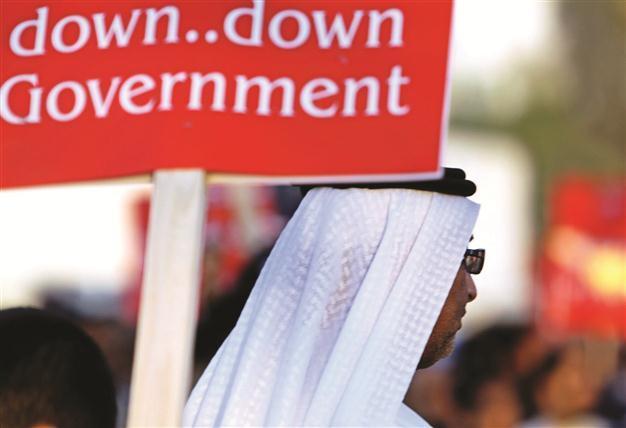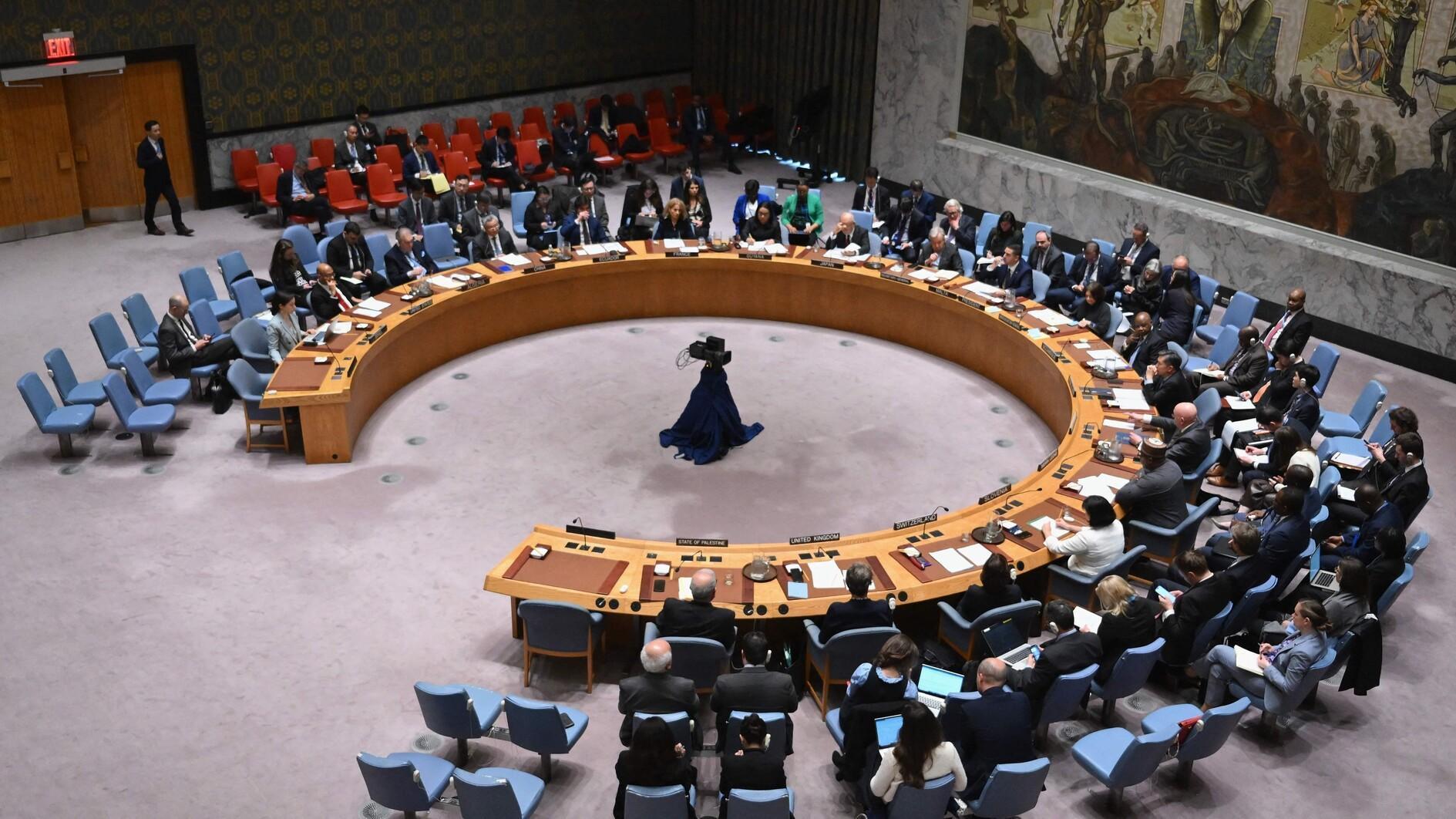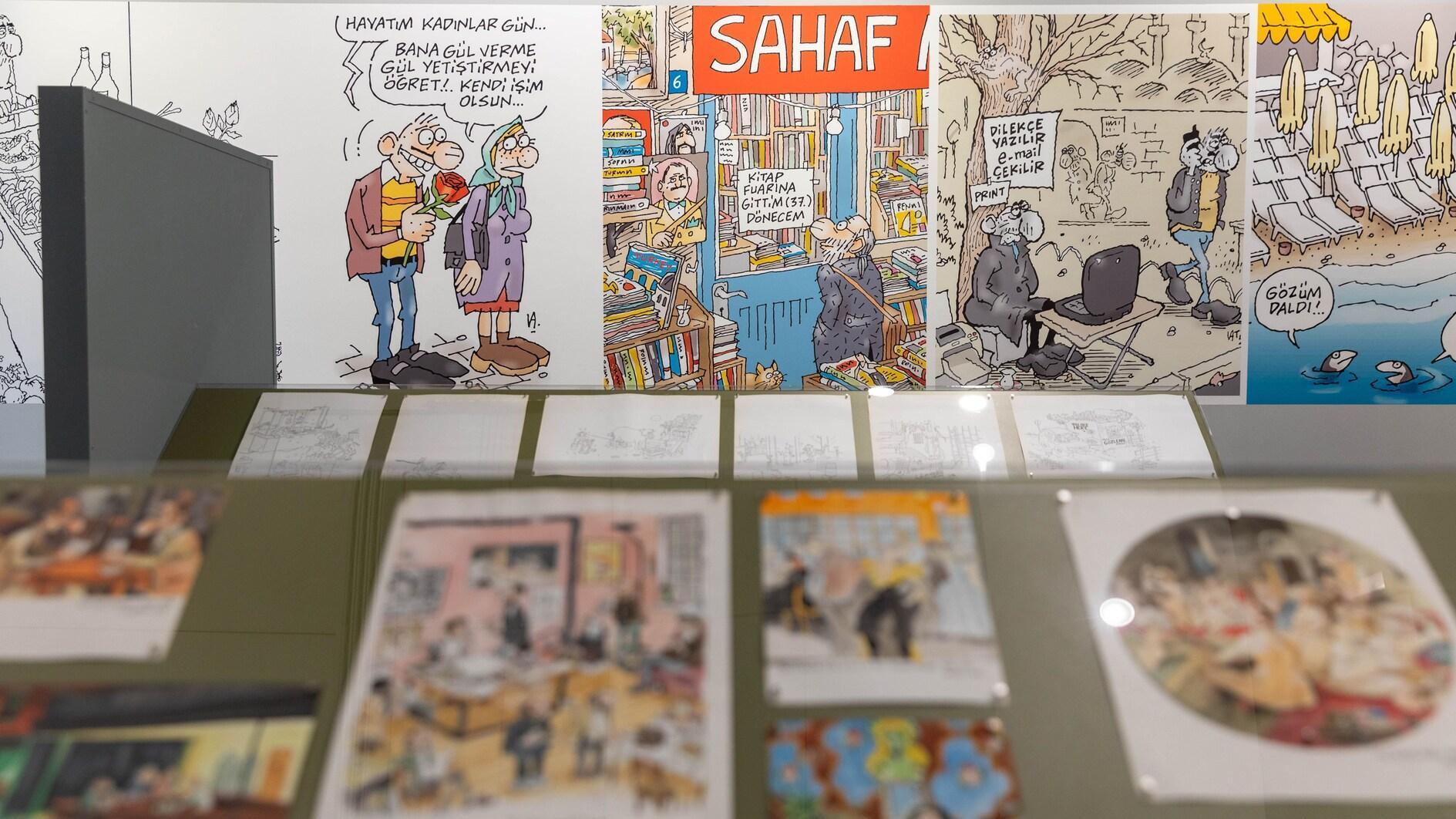One year on, Arab Spring still rallies
CAIRO

A Bahraini man participates in an anti-government rally, Nov. 25, 2011, that drew tens of thousands to Maqsha, Bahrain, just outside the capital of Manama.
From Tunisia to Egypt, Syria and Yemen, a new order is emerging in the Arab world with the traditional balance of power fading.Dec. 17, 2010 saw a young Tunisian, unable to find work other than selling fruit, set himself alight in an act of desperation after being brutally humiliated by police. The young man, Mohamed Bouazizi, died the following month as revolts broke out across Tunisia in response, demanding for democracy and humane treatment. Nearly one month later, on Jan. 14, Tunisian president Zine El Abidine Ben Ali ended his 23-year rule. He went into exile, and was later tried in absentia.
On Dec. 12, the newly-elected constituent assembly—dominated by the moderate Islamists of the Ennahda party—elected former opposition leader Moncef Marzouki as president.
Soon after, demands for democracy knocked on the doors of Jordan, Egypt and Yemen. Thousands of Jordanians took to the streets the same day Tunisia’s leader fell. King Abdullah II promised constitutional reforms leading to more democracy, and the unrest did not take on the proportions seen in other Arab countries. But real signs of change were in Egypt. Widespread protests broke out in Egypt, Jan. 25 where President Hosni Mubarak held power for three decades. A little over two weeks later, as millions filled Cairo’s Tahrir Square, Mubarak step down and handed over power to the military. Over the year, Egypt entered an electoral process that spanned several months.
In the early stages Islamists gained prominence. In Yemen, a major protest movement launched Jan. 27 to demand the ouster of President Ali Abdullah Saleh, in power in Sanaa since 1978. Several hundred protesters were killed during the protests, but nearly 11 months later on Nov. 23 Saleh handed in his resignation.
Libya, Bahrain, Syria
In oil-rich Libya, the revolt started mid-February. Moammar Gadhafi, who ruled since 1969, sent troops to crush the main center of the revolt in the eastern city of Benghazi.
The U.N. authorized force to protect civilians, and in March U.S., Britain and France launched military air strikes, later handed over to NATO control. After seven months of fighting, rebels took over Libya’s capital, Tripoli, and Gadhafi was captured and killed Oct. 20 in his home town of Sirte, after three months in hiding. A transitional government took over in November, but the new rulers have been accused of a lack of transparency.
February also brought bad news for long-standing Bahraini and Syrian rulers. From mid-February to mid-March, the Sunni-ruled Kingdom of Bahrain saw protests calling for political reforms. A Saudi-led force entered the country to help crush the protests and reports say some 30 people died as a result. An official report into the violence said the authorities used “excessive force” and torture against the protesters, who were mainly members of the Shiite Muslim majority.
Protests in Syria started March 15, and since then President Bashar al-Assad’s regime has faced uprisings across the country to which his forces have responded with deadly force. Despite sanctions, al-Assad’s regime has ignored international calls for an end to the bloody crackdown. According to the U.N., over 5,000 people have been killed so far in Syria.
Compiled from AFP and Reuters stories by the Daily News staff
















